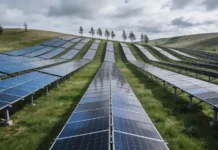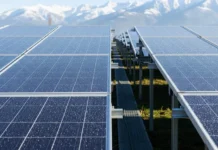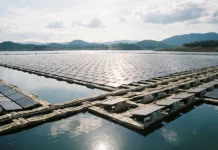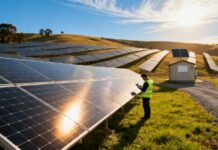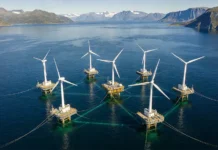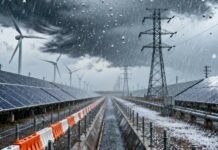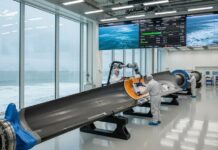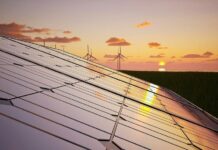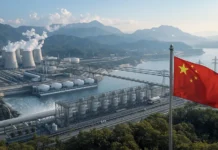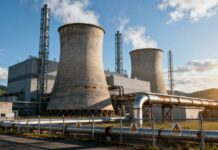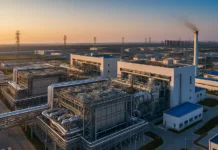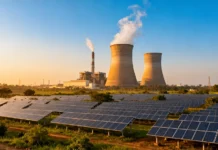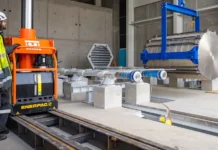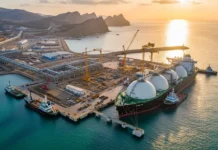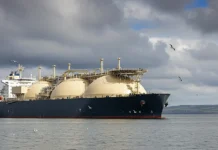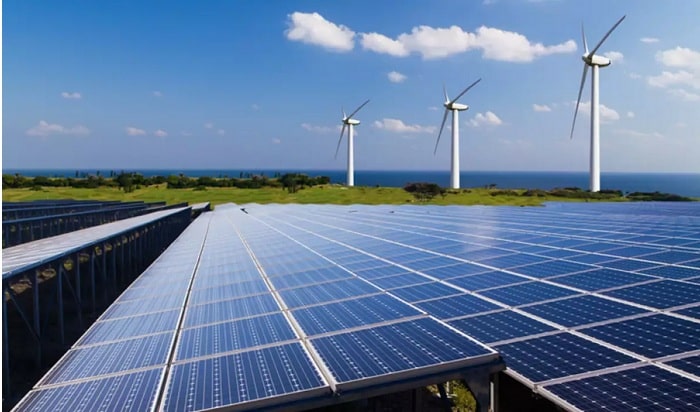Singapore has put all its reliance on solar photovoltaic (PV) deployment. In April, the country achieved its target for the year of 350MW. The installation of rooftop solar PV systems on public housing had become one of the prominent drivers for the growth of solar PV in the country.
Singapore has now started moving towards its next goal of generating at least 2GW of solar energy by 2030, enough to power around 350,000 households. For future growth, the country is increasingly investing in floating solar energy research and development (R&D) initiatives.
The frequent auctioning of renewable power through the government’s SolarNova program has become Singapore’s primary tool for solar PV growth. From 2015 to 2020, a total of five phases were executed, through which almost 296MW of capacity were awarded. In the fifth phase, which took place last year, 60MW of capacity was awarded. This capacity is expected to be set up across 1,154 Housing and Development Board (HDB) blocks and 46 government sites.
Singapore is expected to add 1.2GW of new power capacity between now and 2030. Almost all of this capacity is set to come from new solar PV installations allotted through the SolarNova program. This also helps the government move towards fulfilling its promise to reduce its emissions intensity by 36% from its 2005 levels by 2030.
With environmental constraints and lack of land creating hurdles for the development of wind power and hydropower, the country is betting big on solar PV installations. The chart below shows the estimated annual capacity addition of solar PV in Singapore from 2020 to 2030.



